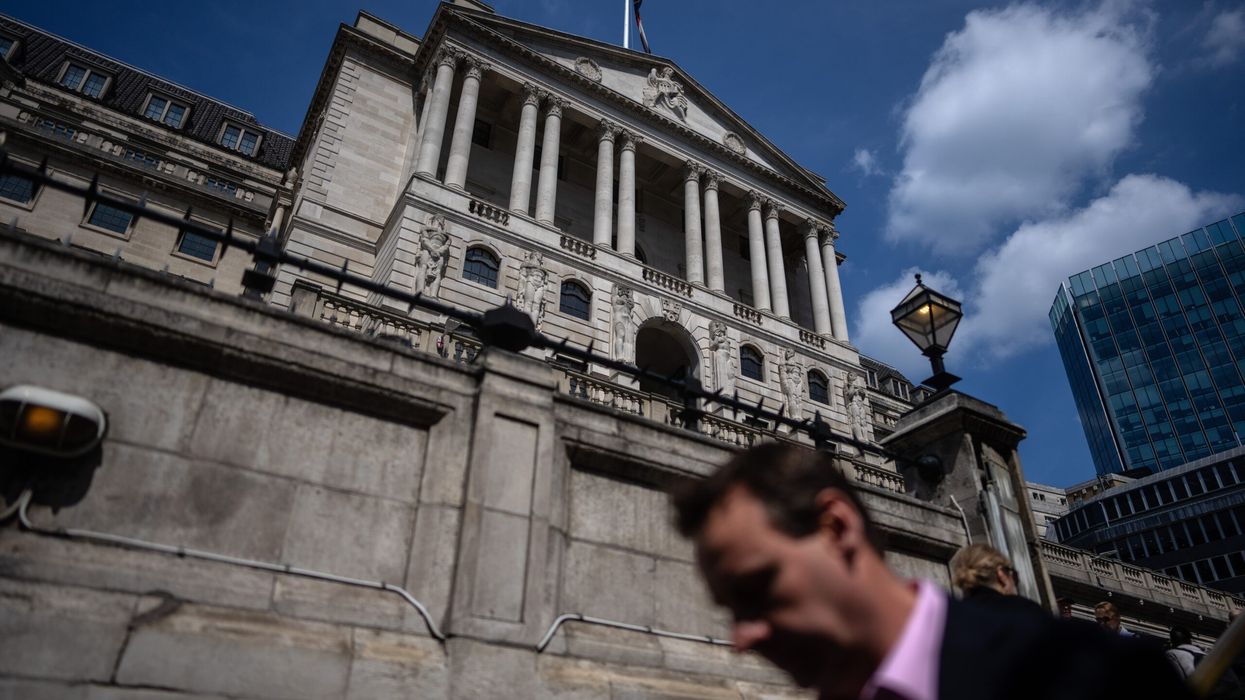THE BANK of England (BoE) kept its key interest rate at five per cent on Thursday, opting against consecutive cuts following a significant reduction by the US Federal Reserve a day earlier.
After the regular meeting, BoE governor Andrew Bailey stated the need to avoid cutting rates "too fast or by too much" as inflation remains above the bank’s target.
The decision saw policymakers vote 8-1 to maintain the current rate, following a narrow vote for a cut in August.
One member of the committee advocated for a rate reduction to 4.75 per cent this time.
Recent official data showed UK annual inflation at 2.2 per cent in August, unchanged from July, and above the BoE’s target of two per cent. Inflation has significantly declined since peaking above 11 per cent in late 2022.
On Wednesday, the US Federal Reserve reduced borrowing costs by 50 basis points, marking the first such move since the beginning of the Covid pandemic.
Last week, the European Central Bank also cut rates for the second time this year. Analysts expect the BoE to cut rates in November, with Bailey indicating that further easing may be ahead.
"The economy has been evolving broadly as we expected," Bailey said. "If that continues, we should be able to reduce rates gradually over time. But it's vital that inflation stays low."
The BoE raised borrowing costs 14 times between late 2021, when they were at a record-low 0.1 per cent, and the latter half of last year.
Global inflation soared due to supply-chain disruptions following Covid lockdowns, combined with the impact of rising food and energy prices caused by Russia’s invasion of Ukraine.
(With inputs from AFP)













